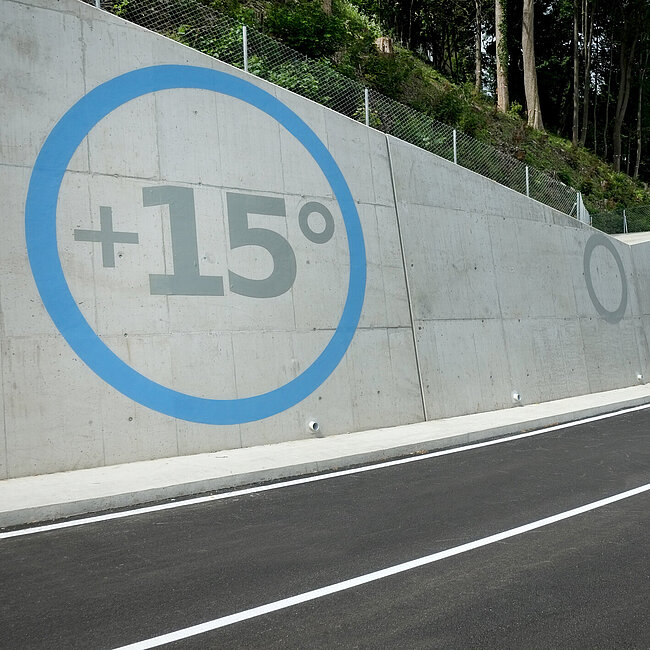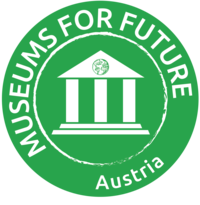The Institute of Art in Public Space was founded on 1 August 2006 by the then head of the Styrian Cultural Affairs Department on the basis of the Styrian law regulating art and the promotion of art (enacted in 2005). Headed by Werner Fenz, the Institute was associated with the Universalmuseum Joanneum GmbH.
The scientific team at the time (consisting of Werner Fenz, Evelyn Kraus and Birgit Kulterer) concluded its work at the Institute in July 2011 due to budgetary cutbacks and structural changes.
From 2011 to 2024, Elisabeth Fiedler headed the Institute for Art in Public Space Styria - together with the Austrian Sculpture Park - as part of the Department Art in the Exterior at the Universalmuseum Joanneum. In January 2025, Gabriele Mackert took over as head of the department.




















